#ahasuerus
Text
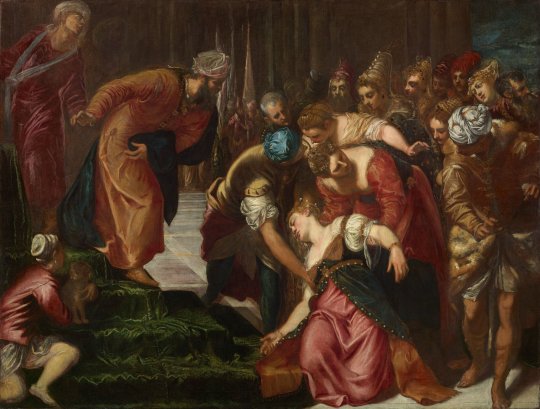
Esther Before Ahasuerus by Jacopo Robusti, called Il Tintoretto
Italian, c. 1546-1547
oil on canvas
Royal Collection Trust (acquired by King Charles I)
#Esther#Ahasuerus#Jacopo Robusti#Tintoretto#Jacopo Tintoretto#Museums have a bunch of ways of referring to him and my previous posts are inconsistent#which is really bugging me but I haven't decided which I like best#Biblical painting#art#painting#Renaissance#Mannerism#Italian#Venetian#Venetian School#Royal Collection Trust
28 notes
·
View notes
Text
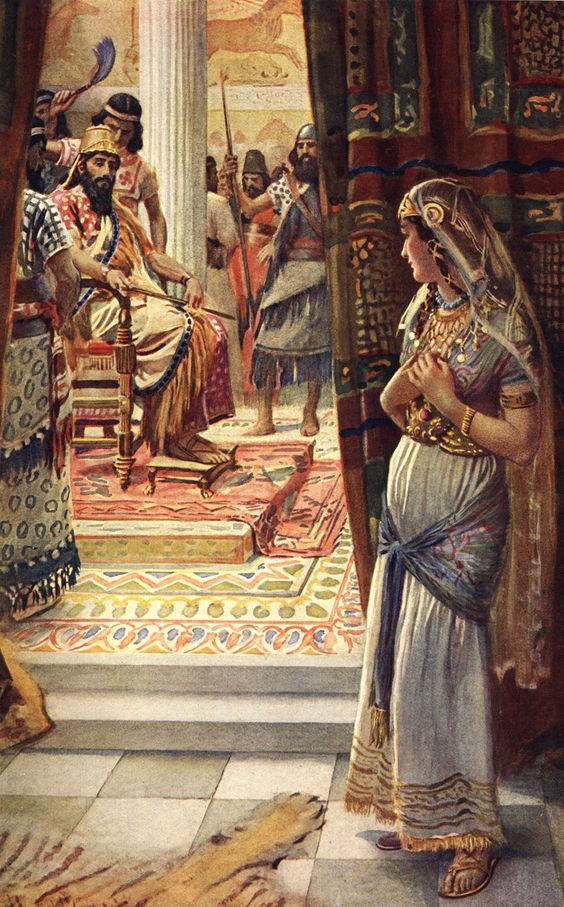
The biblical legend of Esther and Ahasuerus, Harold Copping,1927
#Harold Copping#love#rescue#bravery#women#1920s#pro-semitic#cultures#indo-iranians and semitic love#Judaism#building bridges#artwork#illustration#Persia#Iranian#Esther#Ahasuerus
5 notes
·
View notes
Text

Josef Mandl - Ahasuerus, the wandering jew, 1910-20.
The Wandering Jew is a mythical immortal man whose legend began to spread in Europe in the 13th century.[a] In the original legend, a Jew who taunted Jesus on the way to the Crucifixion was then cursed to walk the Earth until the Second Coming. The exact nature of the wanderer's indiscretion varies in different versions of the tale, as do aspects of his character; sometimes he is said to be a shoemaker or other tradesman, while sometimes he is the doorman at the estate of Pontius Pilate.
3 notes
·
View notes
Photo

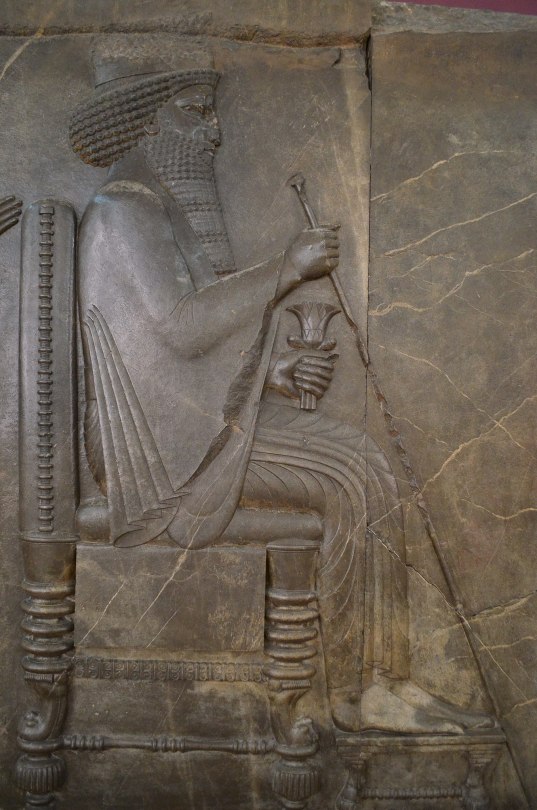


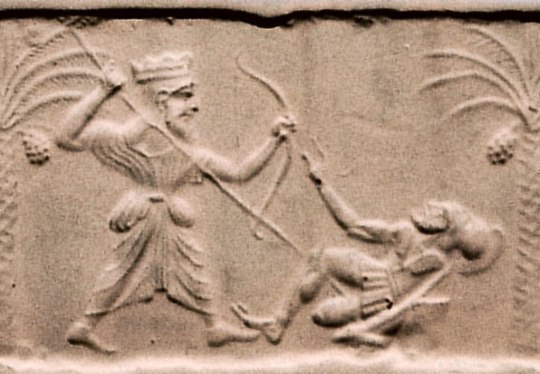
Ahasuerus, Haman and Esther by Rembrandt + National Museum of Iran Darafsh + Xerxes I of Persia + Go by John August (1999) + Achaemenid king killing a Greek hoplite. A possible depiction of Xerxes killing Leonidas
Thus we see how in that ancient Eastern time the Spiritual entered deeply into Nature, into all natural existence. But now we find also among these peoples something which to most of us in the present day may easily appear extremely barbarous. To a man of that time it would have appeared terribly barbarous if someone had been able to write in the feeling and attitude of mind in which we to-day are able to write; it would have seemed positively devilish to him. But when we to-day on the other hand see how it was accepted in those times as something quite natural and as a matter of course that a people should remove from West to East, should conquer — often with great cruelty — another people already in occupation and make slaves of them, then such a thing is bound to appear barbarous to very many of us.
This is, however, broadly speaking, the substance of oriental history over the whole of Asia. Whilst men had as I have described, a high spiritual conception of things, their external history ran its course in a series of conquests and enslavements. Undoubtedly that appears to many people as extremely barbarous. To-day, although wars of aggression do still sometimes occur, men have an uneasy conscience about them. And this is true even of those who support and defend such wars; they are not quite easy in their conscience.
In those times, however, man had a perfectly clear conscience as regards these wars of aggression, he felt that such conquest was willed of the Gods. The longing for peace, the love of peace, that arose later and spread over a large part of Asia, is really the product of a much later civilisation. The acquisition of land by conquest and the enslavement of its population is a salient feature of the early civilisation of Asia. The farther we go back into prehistoric times, the more do we find this kind of conquest going on. The conquests of Xerxes and others of his time were in truth but faint shadows of what went on in earlier ages.
—Rudolf Steiner, World History in the Light of Anthroposophy: Lecture II
After the Greeks had carried on the acquired treasures for some little while, the downfall of Greece occurred, and Rome took her place. In this way we should arrive at a plan of human evolution, so that when speaking of this plan we could never fall into the error of saying: ‘How did it come about, for instance, that just Xerxes or Miltiades or Leonidas had this or that individual karma?’ We must consider this individual karma as something which must be determined by and interwoven with the plan of the evolution of mankind. This cannot be understood in any other way; and this, too, is the view of Spiritual Science. But if this is the case, we must say: In this well-planned advance of human evolution we must see something which is a thing by itself, which is continuous in itself, in a similar way to that in which karmic events in individual human lives are connected with each other, and we must further enquire: ‘What relation does such a plan of the whole evolution of mankind bear to the individual karma of man?’
—Rudolf Steiner, Manifestations of Karma: Lecture XI
If we look with a sensitive eye at the felt relationship between man and man among the Ancient Greeks, and recognize how it has evolved from man's old relationship to the divine, we can say: what was previously an attitude permeated by religion has transformed itself into the legal attitude, the political attitude. Out of this, out of a combination of the nature of Greek and Roman, there then arose something that could maintain itself in social configurations. The priest gradually becomes merely the successor of the Oriental national leaders, for, although he may have kept himself in the background, the priest in the Orient was always the real spiritual leader, even with Darius and Xerxes. There comes to the fore a mode of thinking that cultivates ideas based on the relationship between man and man. And this goes so far that even religious life is swallowed up by this legal current, as I would call it. A juridical element enters man's world-picture, and even the cosmology of the time; and this element then remains almost throughout the Middle Ages and can be detected when we study the political views of, say, Augustine or Aquinas. Religious impulses themselves, while remaining what they are, take on legal forms.
—Rudolf Steiner, The Tension Between East and West: Lecture II
See more on the Kököchin–Barsine-Grail Knight individuality.
#Xerxes I#Xerxes the Great#Ahasuerus#The Book of Esther#Rembrandt#Assassin's Creed#Ancient Persia#Old Testament#spiritual science#anthroposophy#John August#Go (1999)#Sarah Polley#Kököchin#Barsine#the holy grail
5 notes
·
View notes
Text

youtube
According to legend, Ahasuerus was a Jewish shoemaker from Jerusalem, in front of whose house Jesus wanted to rest on his way to the crucifixion. When Ahasuerus chased him away with harsh words, Jesus is said to have cursed him, whereupon he had to wander the world restlessly forever as the 'Eternal Jew'.
#ahasver#wanderer#baphomet#dark fortress#black metal#harsh#curse#Ahasuerus#jewish#jesus#rest#restless#king of all male#xerxes#shoemaker
1 note
·
View note
Photo

One of my go-to recipes is perfect for a Purim dinner: Persian-inspired pan-roasted chicken with rice stuffing. The chicken is spiced with cinnamon and nutmeg and a tiny bit of heat from cayenne. The stuffing’s got squash and apples. It all goes together so well. Do try it! Recipe is in the profile and on my website. #chicken #chickenrecipes #persianchicken #persianchickenrice #panroastedchicken #panroasted #purim #purim2023 #ahasuerus https://www.instagram.com/p/CoxKBQMrtzL/?igshid=NGJjMDIxMWI=
#chicken#chickenrecipes#persianchicken#persianchickenrice#panroastedchicken#panroasted#purim#purim2023#ahasuerus
1 note
·
View note
Text

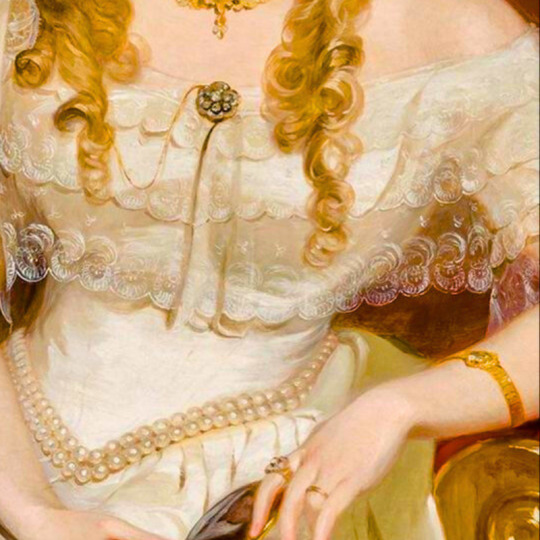










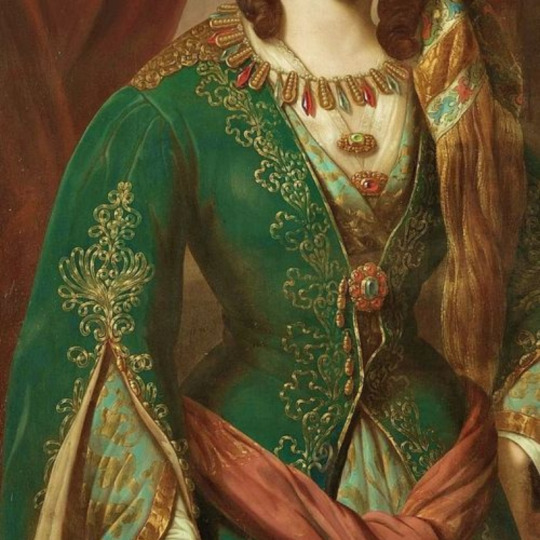














dresses in art
#portrait of the hon. mrs harold by john collier#unknown i cant find this one#portrait of josephine stieler as a bride by joseph karl stieler#portrait of frances anne vane by alexandre jean dubois#portrait of isabelle antoinette barones sloet van toutenberg by nicaise de keyser#portrait of marguerite de seve by nicolas de largillere#portrait of emilia wlodkowska by jozef simmler#portrait of a lady by adriaen hanneman#mary of modena by willem wissing#esther and ahasuerus by artemisia gentileschi#alexandra feodorovna by a malyukov#don't know the artist but its supposed to be the coronation dress of queen alexandra#woman in turkish dress by paul emil jacobs#portrait of juliane by johann heinrich tischbein#portrait of madame de pompadour by francois boucher#princess isabella of asturias vicente palmaroli#maria christina de borbon-dos sicilas reina de espana by vicente lopez y portana#isabella ii queen of spain by federico de madrazo y kuntz#afternoon tea for three by frederic soulacroix#princess maria carolina augusta of bourbon by franz xaver winterhalter#marie suzanne giroust by alexander roslin#the new bracelet by frans verhas#a lady in a lilac dress by wladysaw czachorski#a gust of wind by gaetano bellei#maria grafin zu munster by harry von hente#retrato de dona antonia roca y mestre by angel maria cortellini#frances courtenay by thomas hudson#i loved colorcoding this and i used some from my last edit#art history#history
2K notes
·
View notes
Text

#art#painting#masterpiece#allegory#ice#winter#old age#death as comforter#ahasuerus at the end of the world 1888#adolf hiremy hirschl#romanticism
207 notes
·
View notes
Text

King Ahasuerus Sentences Haman to Death
Artist: Anton Petter (Austrian, 1781-1858)
Genre: Religious Art
Date: 1835
Medium: Oil on Canvas
Collection: The Österreichische Galerie Belvedere, Viena, Austria
As described in the Book of Esther, Haman was the son of Hammedatha the Agagite. After Haman was appointed the principal minister of the king Ahasuerus, all of the king's servants were required to bow down to Haman, but Mordecai refused to. Angered by this, and knowing of Mordecai's Jewish nationality, Haman convinced Ahasuerus to allow him to have all of the Jews in the Persian empire killed.
The plot was foiled by Queen Esther, the king's recent wife, who was herself a Jew. Esther invited Haman and the king to two banquets. In the second banquet, she informed the king that Haman was plotting to kill her (and the other Jews). This enraged the king, who was further angered when (after leaving the room briefly and returning) he discovered Haman had fallen on Esther's couch, intending to beg mercy from Esther, but which the king interpreted as a sexual advance.
On the king's orders, Haman was hanged from the 50-cubit-high gallows that had originally been built by Haman himself, on the advice of his wife Zeresh, in order to hang Mordecai. The bodies of Haman's ten sons were also hanged, after they died in battle against the Jews. The Jews also killed about 75,000 of their enemies in self-defense.
#religious art#old testament#king ahasuerus#haman#queen esther#anton petter#austrian painter#19th century art#book of esther#jews#persian empire#christian art#christian faith#christianity#banquet#palace
8 notes
·
View notes
Text
Since I missed it yesterday, here's my actual veggietales post
Talking about this song
youtube
I just adore the rhythm and how fast it gets that's all I got just enjoy lmfao
11 notes
·
View notes
Text
Church of Santa Petronilla
Church of Santa Petronella, Ragusa, Sicily.
Chiesa Di Santa Petronilla, Ragusa 🇮🇹
I decided to collect this information about the The Church of Santa Petronilla, since there was not even a Wikipedia page of it, which is very rare. The Church of Santa Petronilla, or in Italian, Chiesa Di Santa Petronilla, was originally located at the end of the Cava del Pozzo. (I still need to find more information about this cave system, as I am getting…

View On WordPress
#97100#Cava del Pozzo#Church of Santa Maria dei Miracoli#Church of Santa Petronilla#Cozzo Girgintano#Don Giuseppe Arezzo Grimaldi#King Ahasuerus#Monsignor Capobianco#Ragusa#Via Torrenuova#Via. Maria Paternò Arezzo#Vicolo Discesa Miracoli
2 notes
·
View notes
Text
There is a widespread midrash that, as of the start of the Megillah, Mordochai and Esther were actually husband and wife.
She definitely did marry Ahasuerus in chapter 2, and when she tells him “what [Mordochai] was to her” in chapter 8, the king seems to be okay with it.
I posit that she loved both of them (and perhaps they also came to love each other as well as her?).
In other words, I am suggesting...
polyester.
#queen esther#esther#megillat esther#purim#puns#polyamory#esther/mordochai/ahasuerus#okay i made this post solely to make a pun but i also genuinely ascribe to this theory
5 notes
·
View notes
Video
youtube
“The Gold Sceptre of God’s Sovereign Grace” (Esther 5-7) - AM Worship at...
#youtube#Sovereignty Pride Queen Ahasuerus Xerxes Esther Persia Haman Mordecai Jew Hatred Providence Genocide Faith
0 notes
Text

Gabriel von Max - Ahasuerus at the corpse of a child, 1875.
#Gabriel von Max#Ahasuerus at the corpse of a child#Ahasuerus#death#death bed#mourning#sadness#crying
2 notes
·
View notes
Text
Purim 5784/2024
But whatever happened to Xerxes I and Persia after these events in the Bible?
Esther 9:20-22 Then Mordecai recorded these events, and he sent letters to all the Jews who were in all the provinces of King Ahasuerus, both near and far, obliging them to celebrate the fourteenth day of the month Adar, and the fifteenth day of the same month, annually, because on those days the Jews rid themselves of their enemies, and it was a month which was turned for them from sorrow into…

View On WordPress
0 notes
Link
To my Jewish friends, Happy Purim!
Perhaps the story of King Ahasuerus and Queen Esther might inspire some of your adventures.
0 notes